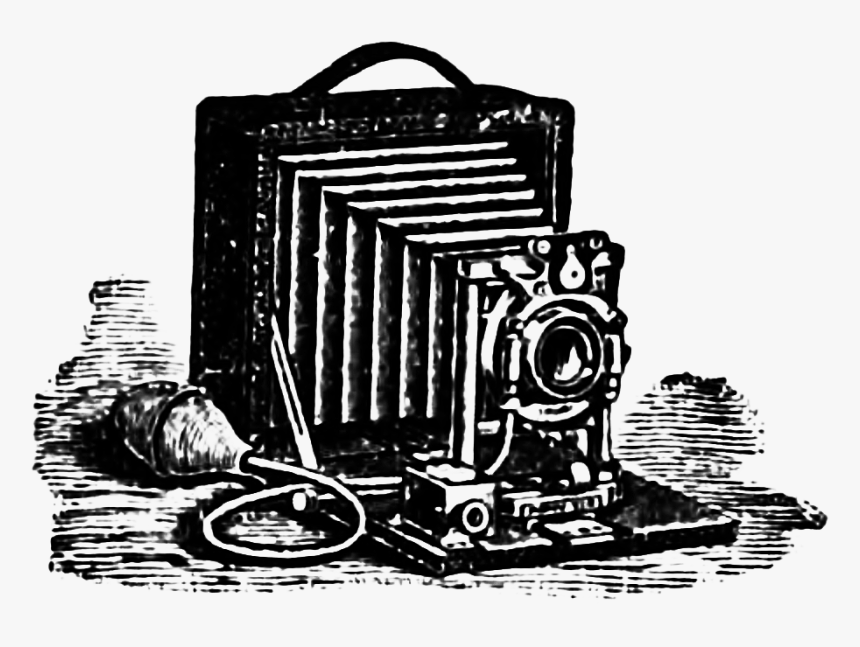Victorian Life
Summer Movie Season Victorian Style
The days are definitely getting warmer, the kids are out of school and its’s that time of year eagerly anticipated by many – the summer movie season! This year there’s something for everyone – dinosaurs, toons, high flying top guns and a new era of Downton Abbey – absolute bliss! Our Victorian ancestors were no different. However, their films were of a different ilk!
The Golden Era of Victorian movies did not occur until the late 1800s through the early part of the 20th century, but the idea of “moving” entertainment harkened back to the Middle Ages and the then-popular shadow puppetry. Traveling show wagons with handheld puppets added extra entertainment by adding motion. A perennial favorite was the caucus antics of Punch and Judy.
Following in the footsteps of the puppet shows ,the early 1800s produced the concept of a panorama, or a visual experience that would transport audiences to an entirely different place. A panorama featured a comprehensive vista of a scene, static or unrolled, before an audience.The first panorama made its debut in 1791. It was unveiled by Scottish painter Robert Baker, whose artistry depicted the sights of Edinburgh.
This was a time of great curiosity about the world, which made this type of enterprise ideal for mass consumption. It soon became one of the century’s major sources of entertainment throughout Europe. The immersive experience also became more and more elaborate. They would often involve ticket holders being led through tunnels, only to emerge in a new, 360 degree scene. Some patrons were so disoriented that they became ill or fainted! Narration and music were also added.
A modern version is located in Atlanta, Georgia. This painting, weighing 10,000 pounds, rises 49 feet tall and stretches 371 feet wide, and is a depiction of the Battle of Atlanta, a pivotal point in the Civil War. It is now located in the Atlanta History Center on a curved wall,
which gives the impression of unlimited space. This fully restored masterpiece was painted in 1886 by a group of German and Austrian immigrants led by Fredreich Wilhelm Heine. It is absolutely breathtaking.
Moving panoramas were additionally emerging, where scenes were rolled across a stage against a solid white background. The audience was seated, as in a theater. Theses were particularly popular in America, with one of the earliest ones, an elaborate portrayal of Pilgrim’s Progress, making its debut in 1850. It is one of the few surviving moving panoramas in existence today, as they were so fragile and worn from being moved from city to city.
Believe it or not, even toy panoramas were produced. They consisted of a long scroll wrapped around to small polls, placed inside a small box and hand -cranked. These are reminiscent of the Fischer-Price toys popular in the 1960s.
Most of these early photographic sequences, known as chronophotography, were not initially intended to be be viewed in motion. They also almost always involved humans or animals performing a simple movement in front of a camera. In 1878, photographer Eadweard Muybridge began making hundreds of chronophotographies of the motions animals in real time. The following year, he traced his animations onto glass and used them to lecture on animal locomotion.
In 1887, German inventor and photographer, Ottomar Anschutz, began presentations of his recordings using a device called the electrotachyscope. He displayed the images on milk glass, and also produced a portable peep-box viewing device. He began diversifying by recording more amusing topics such as wrestlers, dancers and acrobats. Little evidence remains of his endeavors, but it has been suggested that they influenced Thomas Edison’s later film, Fred Ott’s Sneeze.
In October of 1888, French artist and inventor, Louis Le Prince, registered a patent on a camera capable of filming motion. His first film entitled Roundhay Garden Scene, which lasted 1.66 seconds, featured his family moving about. He was to demonstrate his device in New York, but unfortunately he disappeared en route to Paris, and never made it to New York.
In June, 1889, Thomas Edison, American inventor, assigned his lab assistant, William Kennedy Dickson, the task of developing a device that could produce visuals to accompany his phonograph. Ultimately, by 1893 Edison and his team produced a machine called the kinetoscope, which allowed the viewer to look through a peep hole and view films lasting for approximately half a minute. Later that year, the world’s first film production studio, the Black Maria, was completed on the grounds of Edison’s laboratories in West Orange, New Jersey. It would be used to film leading vaudeville performers and celebrities. The beginning of modern movies had arrived! Edison’s workers named the studio the Black Maria, because they said it reminded them of the paddy wagons used by the local police. The Black Maria was basically a black, one-story building with a very large open hole in the center of the roof to allow natural light to enter and expose the film.
Edison’s ingenuity and desire to expand his film capabilities also took him to Maui, Hawaii. Here, in 1906, he filmed what most historians view as the oldest surf footage ever fproduced. Prior to the surf film, Edison filmed a short sequence featuring Hawaiians dressed in Western clothing riding horses into sugar cane fields, and putting the cane onto railroad cars. Mainlanders were thrilled to see these exotic glimpses of paradise! The films can still be viewed today in the cookhouse at the Wing Ho Temple Museum in Maui.
Early films captured the imaginations of our Victorian ancestors just as our modern epics thrill us today. Let’s go to the movies! Popcorn anyone?

